Throwing Away The Kimono Rule Book With Anji Salz
How To Wear Japan’s Beloved Garment Your Way
An aircraft mechanic by trade, Anji Salz was an unlikely entrant in the conventional world of kimono. And her part in defying expectations didn’t stop there. Five years ago, the Tokyo-based German set up Salz Tokyo, a kimono styling, design and sales business offering fresh, alternative ways to enjoy Japan’s traditional garment.
Savvy Tokyo sat down with her to uncover her passion and find out how and why she wants to breathe new life into kimono wearing.
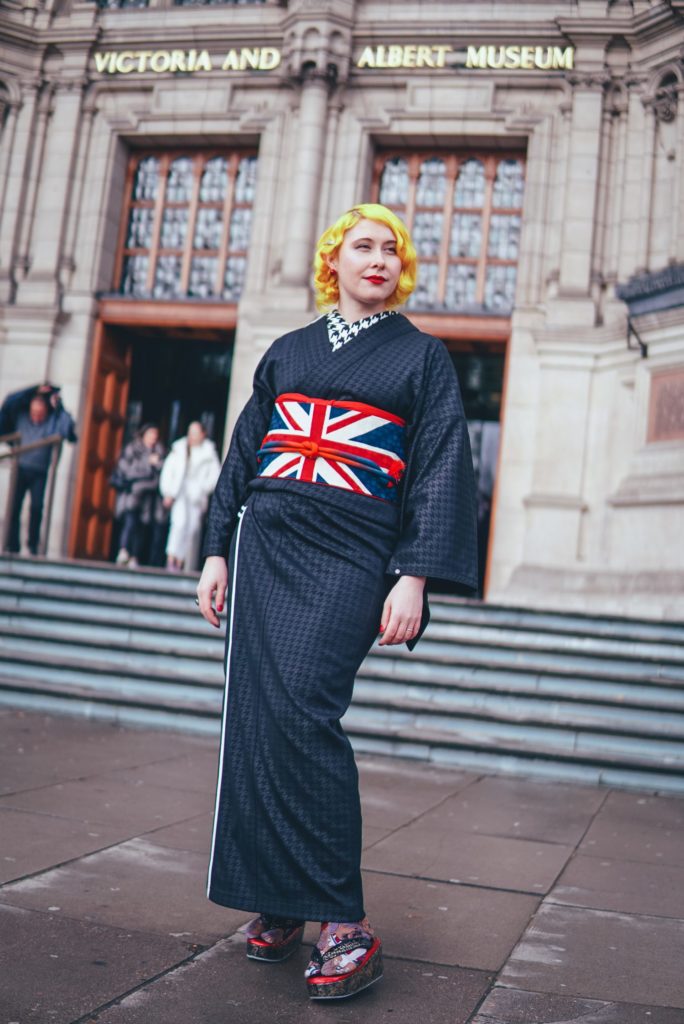 © Photo by Anji Salz
© Photo by Anji Salz
Your business is so multi-faceted. Can you tell us a bit more about it?
It’s about inspiring people to wear kimono, both in Japan and abroad. I do things that are out of the box: kimono styling and design, collaborations with other young artists, and kimono makers. Last year, we put embroidery on kimono to make it funky. I also occasionally sew kimono—using skills from a kimono tailoring class—but it’s really hard work and takes a long time. Aside from those hands-on elements, I offer kimono-related tours, write about kimono for Mainichi Weekly, and a German magazine and sell vintage kimono in my online shop.
it’s about inspiring people to wear kimono, both in Japan and abroad
What got you interested in kimono?
When I first holidayed here, I admired the feminine silhouette of kimono, as well as its traditional aspects and history. I received a yukata from a Japanese friend and started wearing it when I returned home. It had me wanting more. Many years later, after I’d moved to Japan, I did a kimono rental in Kyoto. Just walking around the city in kimono really had me hooked. A couple of years later, I asked my mother-in-law who has some kimono if we could wear them together to a relative’s wedding in Tokyo. After wearing kimono again, I knew I had to do something with it for work.
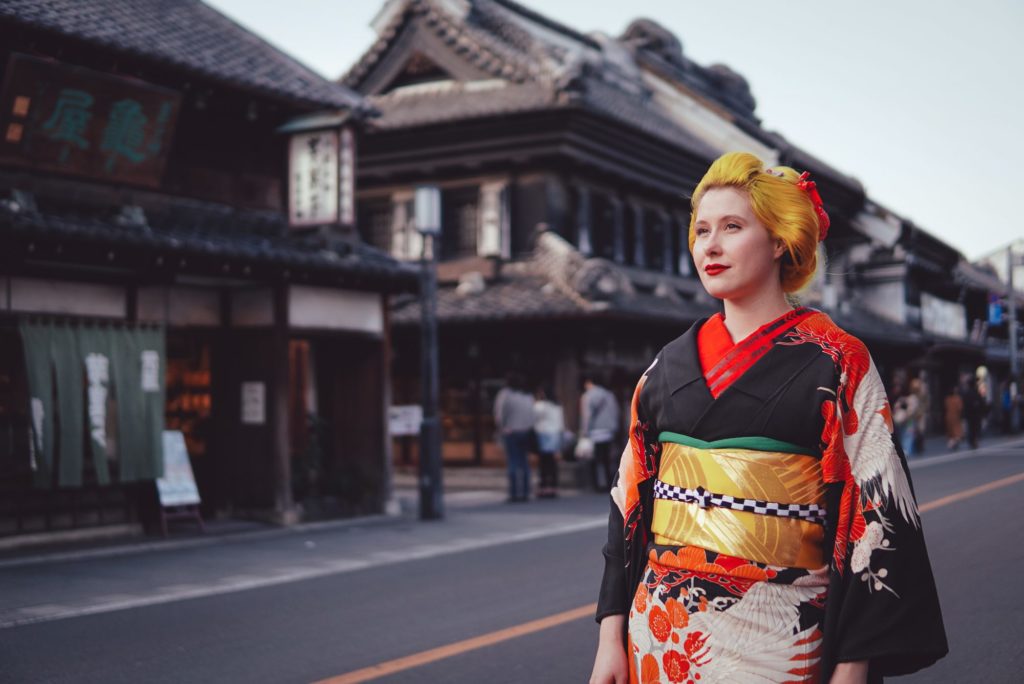 © Photo by Anji Salz
© Photo by Anji Salz
What do you most love about kimono?
It changes your posture and your movements, although it limits your movements a little as well. It makes me feel more feminine and like a better version of myself. If I’m wearing Western clothing, I feel kind of rough sometimes, in a hurry. If I go out in kimono, I take a lot more time to appreciate details and feel more generous to other people, more ladylike.
At what point did you think you could make a business out of your love of kimono?
Around the same time that I experienced wearing kimono in Tokyo, I had what felt like a quarter-life crisis. I wondered what I should do with my life and felt that kimono was what I had been looking for. At that time, there wasn’t so much English information on kimono available. There was just a handful of Japanese people working with kimono, and people living abroad had a hard time trying to buy kimono from Japan. I thought there might be an opportunity, so I dove right into starting my business.
if I go out in kimono, I take a lot more time to appreciate details and feel more generous to other people, more ladylike
Do you think kimono can be modern as well as traditional?
Definitely. There is such a broad spectrum of designs and tastes, and kimono has evolved so much over hundreds of years. It has always been a highly fashionable garment, especially during the Edo Period (1603–1868).
Today, some people like traditional, toned-down kimono; others like kimono to be more rock or cute or colorful. You can mix modern items with traditional items. My favorite period for kimono is Taisho, the 1920s, as it has very colorful and bold kimono. I also love modern kimono, so I sometimes mix items from 100 years ago and from today.
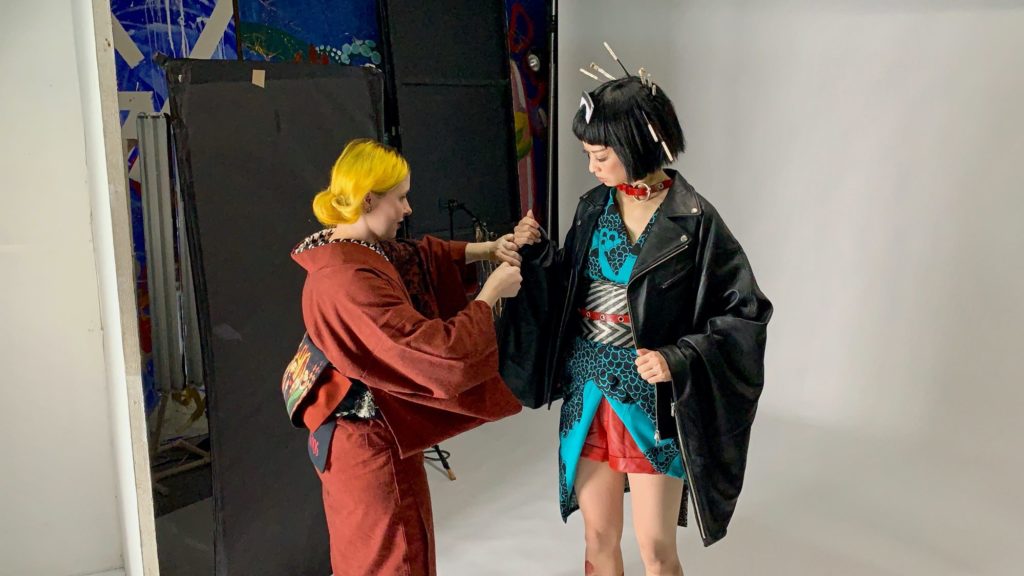
Styling for a photoshoot
Now we have modern printing technologies, like digital printing, so you can make unique kimono at a lower cost. You can even make one item at a time. It’s a great opportunity but it’s also important to treasure traditions and make sure old crafts don’t die out.
Can kimono continue to evolve?
It must in order to survive. I’m certain that kimono will still be a popular or special item in Japanese culture in the coming 100 years, but it’s tricky. Kimono used to be everyday clothing. Then around the 1950s, it was pushed into the category of formal and special occasion wear. Since then, its use has really declined. People say they don’t have anywhere to wear kimono or are intimidated by all the rules around wearing it. They don’t want to make mistakes; they prefer to not wear it at all.
We have to change that mindset. A lot of young people are already doing that; we see in Harajuku street fashion that more and more young people are playing with kimono or mixing it with western fashion. I think that’s really good. Once this topic becomes a little bit more open-minded and not so strict, more people might be interested again.
How important is social media to inspire people to wear kimono?
Although it’s still minimal, I think the popularity of kimono in Japan has increased, due to more information being available on social media, like YouTube videos of people wearing kimono.
On my social media posts, I want to take away fear by showing that people can simply enjoy kimono. I try to show a lot of styling options to emphasize that kimono can be fashionable and easy to put on. I show that kimono can be worn in alternative ways or with shoes and encourage people to go out any day they like in kimono; they don’t need to be going to a wedding party.
I even went to Fuji-Q Highland to ride roller coasters in kimono to show that kimono can be like normal clothes
Sometimes I post from creative shoots or collaboration. I also try to show different identities and all kinds of body shapes. I keep posts real; there’s not much strategy. I post depending on how I feel and what I want to put out.
View this post on Instagram
What do you do in your free time?
Basically, the same thing as I do in work time. My pleasure and work are kind of mixed together. In my free time, I design things, think of future photoshoots, or try to educate myself further on kimono, such as dressing techniques or its history. The learning never ends; it’s very deep.
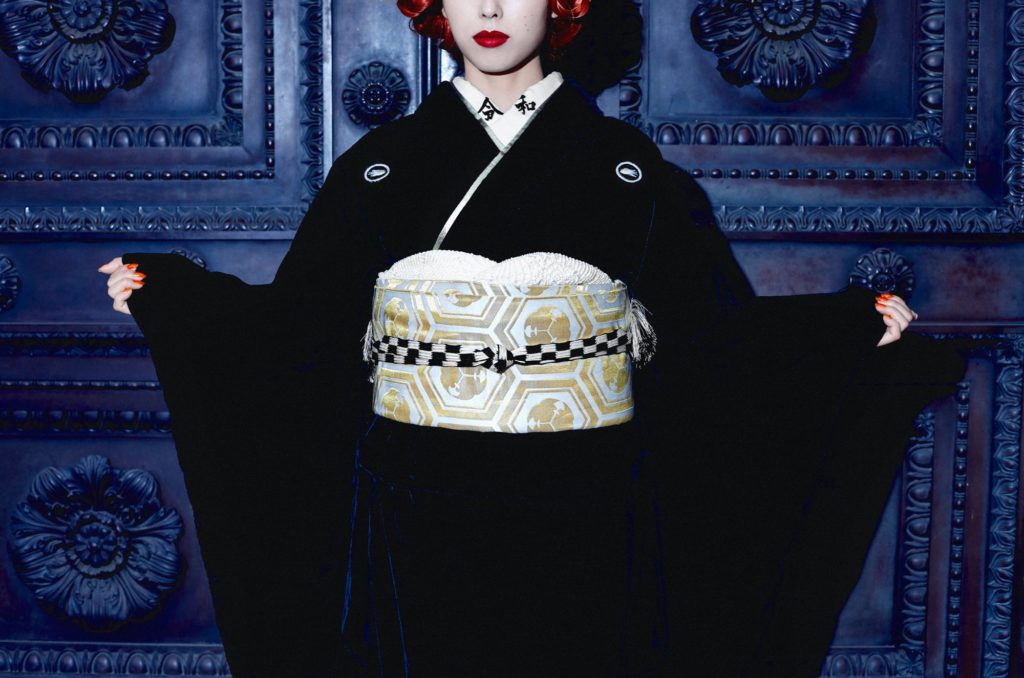 © Photo by Anji Salz
© Photo by Anji Salz
You can follow Anji on her Facebook, Twitter or Instagram profile, she also produces videos on YouTube. Don’t forget to check her blog and e-shop!
Savvy Spotlight is a monthly feature introducing foreign and Japanese women at the frontline of what’s successful, contributing, cool, unique and interesting in the city. If you have anyone in mind you would like us to interview, leave us a comment below with your recommendations!

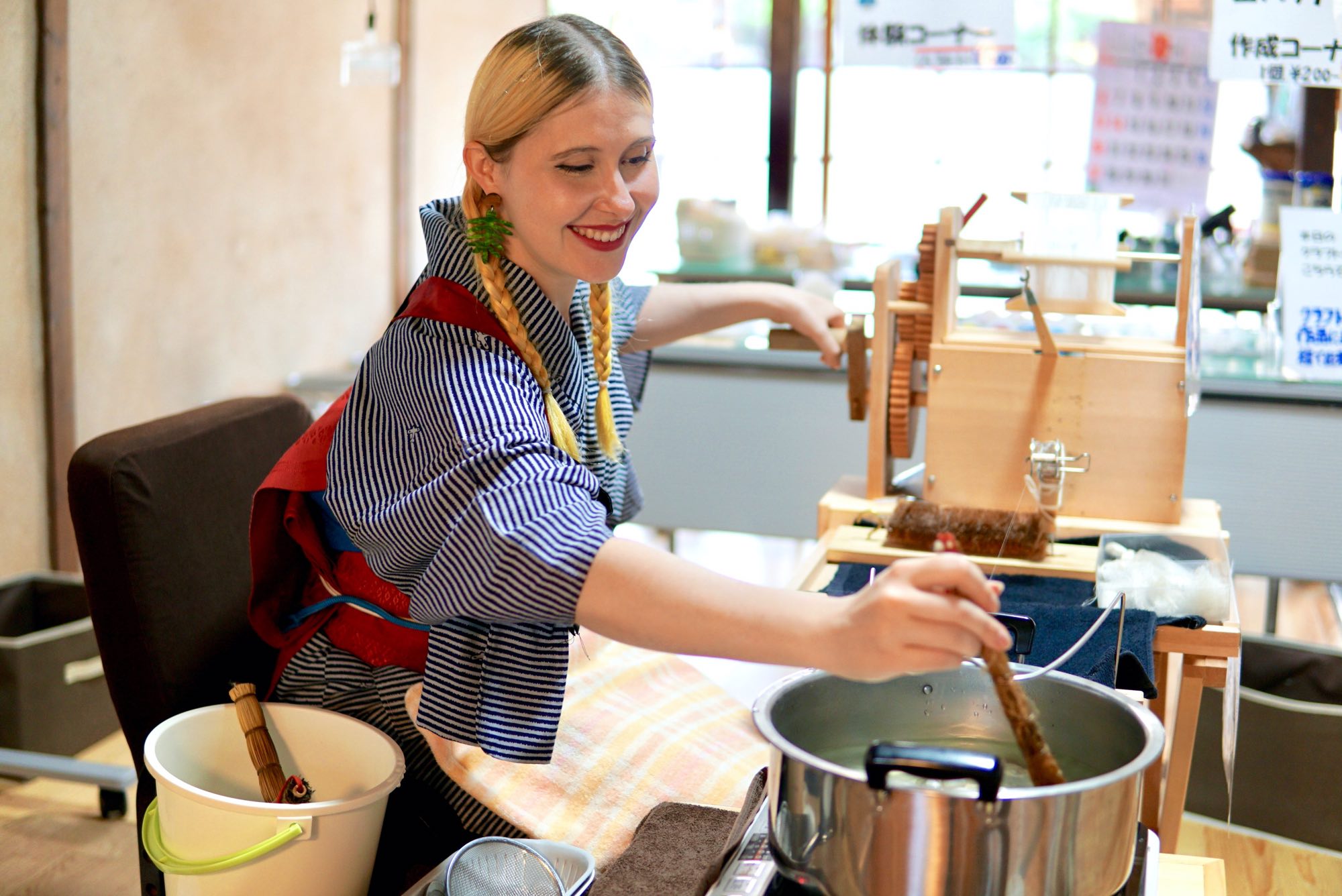




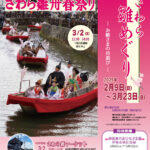
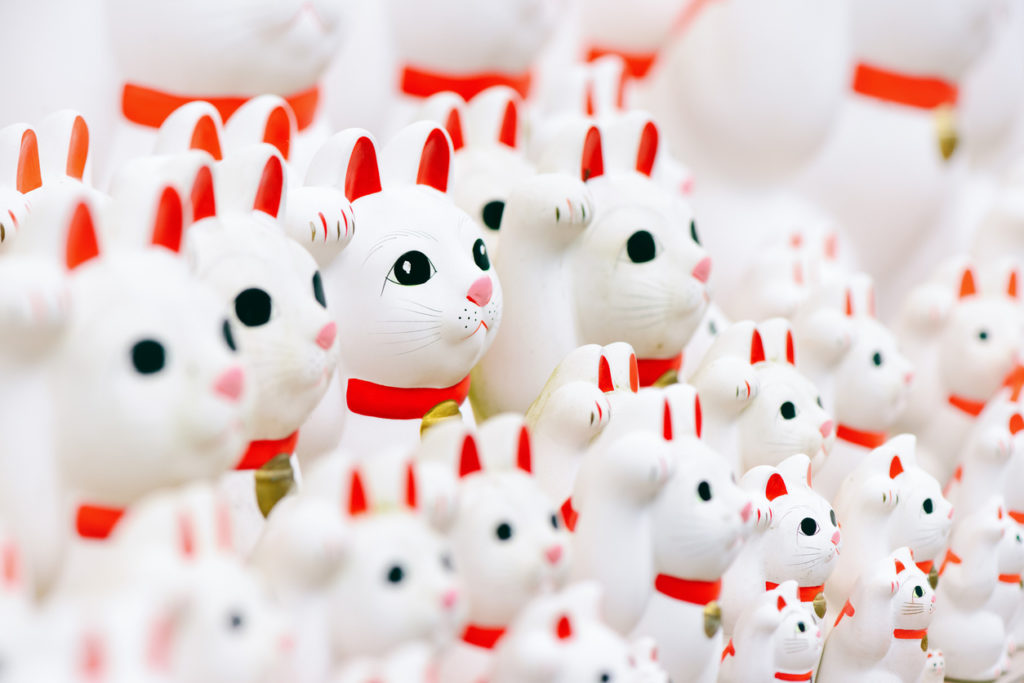





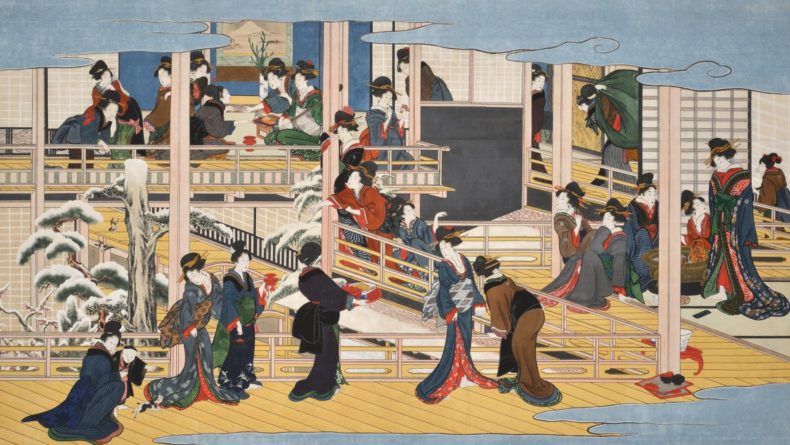
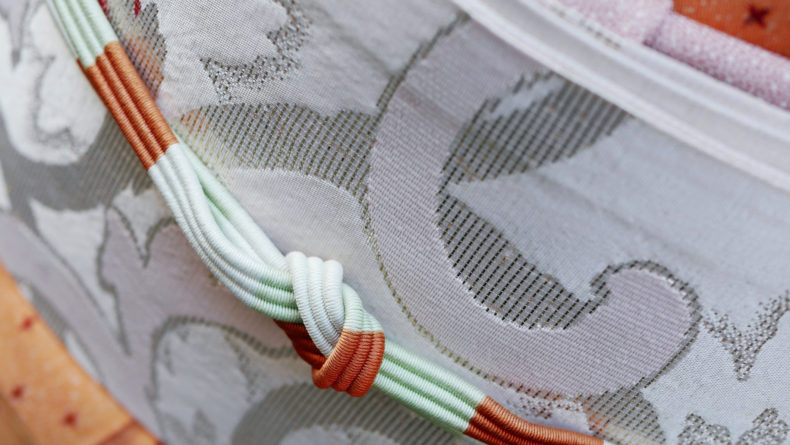
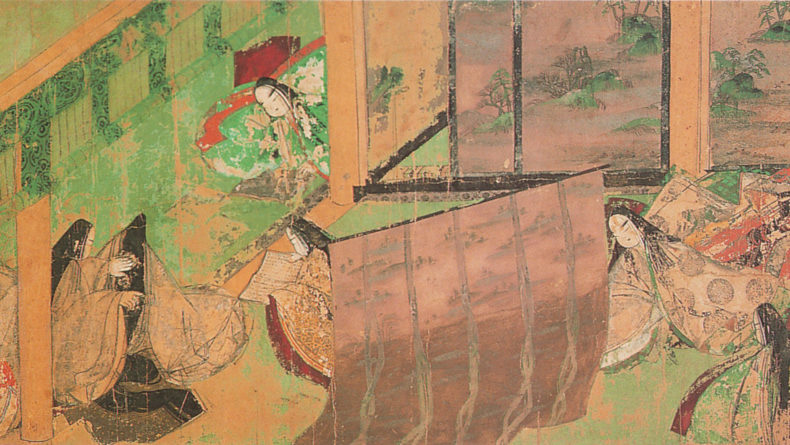
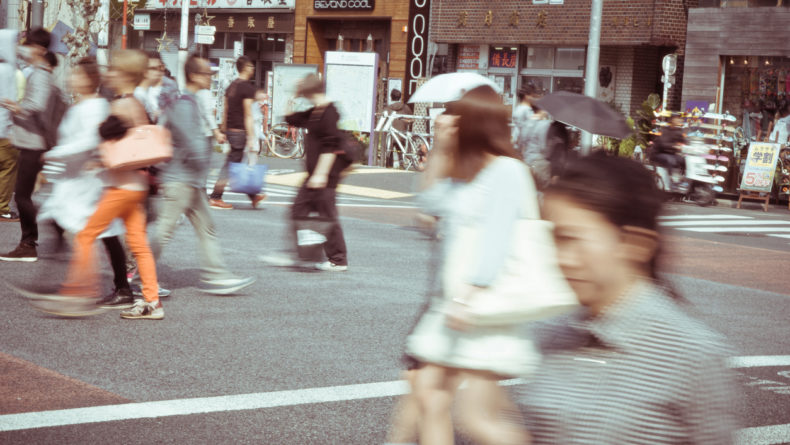
thanks for info.